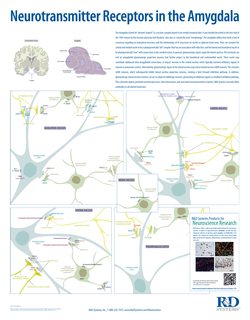trainman04
Bluelighter
- Joined
- Dec 18, 2017
- Messages
- 189
Is it true that Glutamatergic N-methyl-D-aspartate receptors when activated heavily suppress the amygdala? how?
N&PD Moderators: Skorpio | thegreenhand
so how do you activate that? just take daspartic acid?I think NMDAr activation in the PFC can suppress amygdala mediated fear responses, as well as enhance fear extinction.

Show us clinical evidence that taking NMDA orally is a safe and effective treatment for anxietyyou act like im gonna die . nmda in excess is dangerous. But in normal doses it can help allivate my anxiety.. whats your problem? you always manage to find anything negative but dont look at the positives .
NMDA agonist can increases GABA
increase neurosteroids (pregnenolone etc)
decrease amygdala activity
it doesent readily pass trough the bbb but it can .
whats your problem? you always manage to find anything negative but dont look at the positives.
They don't take D-AA to exert effects on the brain, they take it for effects on NMDA receptors on the testes. Taking D-AA/NMDA with intent for it to affect the CNS to help with anxiety is a completely different matter.if d aspartic acid was dangerous bodybuilders and regular gym goers wouldnt be taking it. it didnt become popular because it was toxic.
They don't take D-AA to exert effects on the brain, they take it for effects on NMDA receptors on the testes. Taking D-AA/NMDA with intent for it to affect the CNS to help with anxiety is a completely different matter.
Once again, luckily there are blood brain barrier issues, but if there weren't BBB issues then taking an NMDA agonist would be a horrible idea.
You're better off spending your time practicing mindfulness meditation and exercising rather than grasping at these straws, and do keep in mind that if you had a favorable response to Zyprexa/Olanzapine that you could keep exploring that. Keep in mind that is an atypical antipsychotic, and many people with psychotic type issues can benefit from such drugs. I am not a medical professional et cetera, but in my opinion, you fit a phenotype of a person that may have some psychotic type issues.
CY
wiki said:NMDA is a water-soluble synthetic substance that is not normally found in biological tissue. It was first synthesized in the 1960s.
limpy said:And treatment for autism? don't tell me your a curebie....yeech
